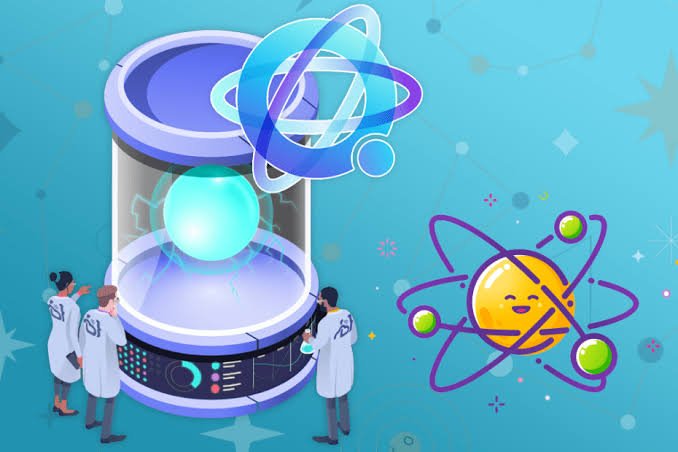Exploring the Power of In-Memory Computing: Driving Real-World Innovation
Understanding In-Memory Computing
In-memory computing refers to a computing paradigm where data is stored and processed primarily in the main memory (RAM) of servers, rather than being fetched from disk storage like traditional databases. This architecture allows for significantly faster data access and retrieval times since data resides in a volatile, high-speed memory rather than on slower disk drives.
In the landscape of modern computing, the pursuit of faster data processing and real-time analytics has led to the rise of in-memory computing as a transformative solution. This approach challenges traditional disk-based storage methods by keeping data directly in main memory, enabling rapid access and processing speeds that are revolutionizing industries across the globe. Let’s delve into what in-memory computing entails and why it’s increasingly vital in today’s real-world applications.

Real-World Applications
In-memory computing facilitates real-time analytics by enabling organizations to process vast amounts of data quickly. This capability is crucial in industries such as finance, retail, and telecommunications, where instantaneous insights can drive competitive advantage.
With data readily available in memory, decision-makers can access up-to-date information promptly. This speed is instrumental in scenarios like fraud detection in financial transactions or optimizing supply chain operations based on current market trends.
In-memory computing supports responsive customer service by enabling businesses to analyze customer behavior and preferences in real time. This capability allows for personalized recommendations, targeted marketing campaigns, and improved customer satisfaction.
The Internet of Things (IoT) generates vast volumes of data that require rapid processing for actionable insights. In-memory computing accelerates IoT data analytics, facilitating predictive maintenance, smart city initiatives, and efficient resource management.
In-memory computing is well-suited for handling complex computational tasks like machine learning algorithms, simulations, and high-performance computing. By leveraging the speed of main memory, these tasks can be executed more efficiently.
While in-memory computing offers compelling advantages, it also presents challenges such as memory constraints and cost considerations. However, advancements in hardware technology, such as the increasing affordability and capacity of RAM, coupled with optimized software solutions, are mitigating these challenges and expanding the reach of in-memory computing.
As organizations continue to harness the power of data-driven insights, in-memory computing will play an increasingly pivotal role in shaping the future of business operations and technology innovation. The scalability, speed, and agility offered by in-memory architectures are driving digital transformation across industries, paving the way for a more connected, efficient, and responsive world.
Conclusion
In-memory computing represents a paradigm shift in data processing and analytics, offering unparalleled speed and efficiency compared to traditional disk-based systems. Its impact spans diverse industries, empowering organizations to derive actionable insights, optimize operations, and deliver superior customer experiences in real time. As technology evolves and adoption grows, the transformative potential of in-memory computing will continue to drive innovation and redefine the possibilities of data-driven decision-making.